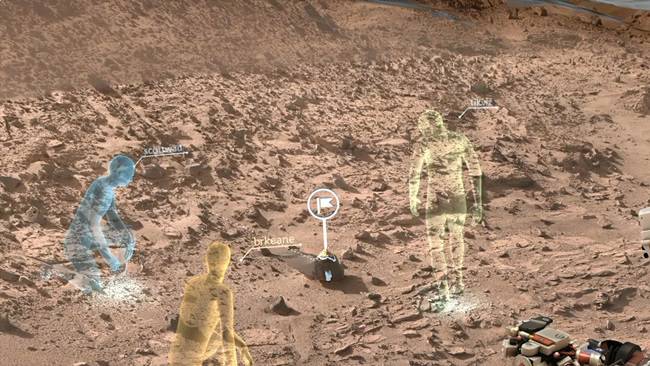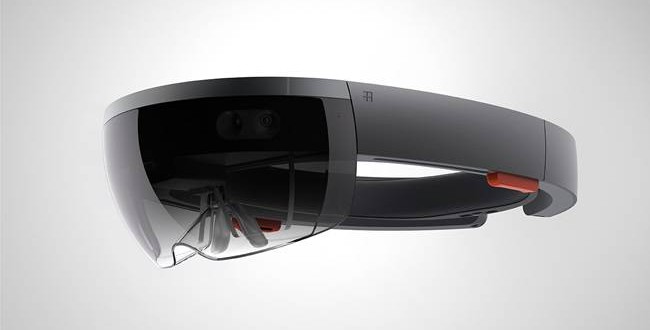Microsoft HoloLens has been a project the company has been working on since October 2014, but Wednesday was when the Redmond-based company finally shed some light on the project itself. If you’re familiar with current virtual reality headsets, like the Samsung Gear VR, Sony Project Morpheus, Oculus Rift, Epson Moverio and even Google Glass, Microsoft HoloLens will look different, but just as amazing, if not more.
I’m sure many of you are familiar with Stargate or other futuristic shows and movies, once you see what Microsoft HoloLens wants to accomplish, you will be blown away. The technology behind the HoloLens is advancing fast, so we might not be too far away from it becoming a reality. HoloLens is more like Google Glass than you would think: it uses augmented reality in order to project media into your field of vision, which you can then manipulate according to your needs. Check out the video below to see the awesome ideas behind Microsoft HoloLens.
Microsoft HoloLens is essentially a pair of goggles that let you see the world around you and juxtapose the media you would like to work with or watch, so that your vision isn’t blocked like it would be with the Gear VR or with Oculus Rift. Kinect is included in the design, so you will be able to use your hands in order to interact with the holograms the Microsoft HoloLens projects into your environment. The technology also allows for voice input and supposedly it comes with eye-tracking software so that you can easily interact with the augmented reality environment projected in front of you in a rectangular frame.
Unlike Google Glass, Microsoft HoloLens wants to offer a simple, easy interface one can use for various activities, ranging from 3D design to gaming and Netflix. The headset’s real-life uses would be infinite, according to Microsoft, as one could use it to see how Mars is being mapped, to design an entire colony on the Red Planet, design whole buildings from scratch, or even play Minecraft in one’s living room.

The problem with Microsoft HoloLens at the moment is that it needs fans to function properly, as it comes with a CPU, GPU and a “holographic processing unit”. The design of the headset looks awesome, but all the hardware necessary for the device to work properly is hard to integrate into such a small wearable device. It also needs a good deal of battery life if it wants to be used extensively in the field or in the home, so a large battery pack has to find its way somewhere in the design. That means that in order for Microsoft HoloLens to become a commercial product available for techies all around the world, a few years will have to pass so that advances in hardware design can keep up with the minimalist design of the concept device.
 Load the Game Video Games, Reviews, Game News, Game Reviews & Game Video Trailers
Load the Game Video Games, Reviews, Game News, Game Reviews & Game Video Trailers



